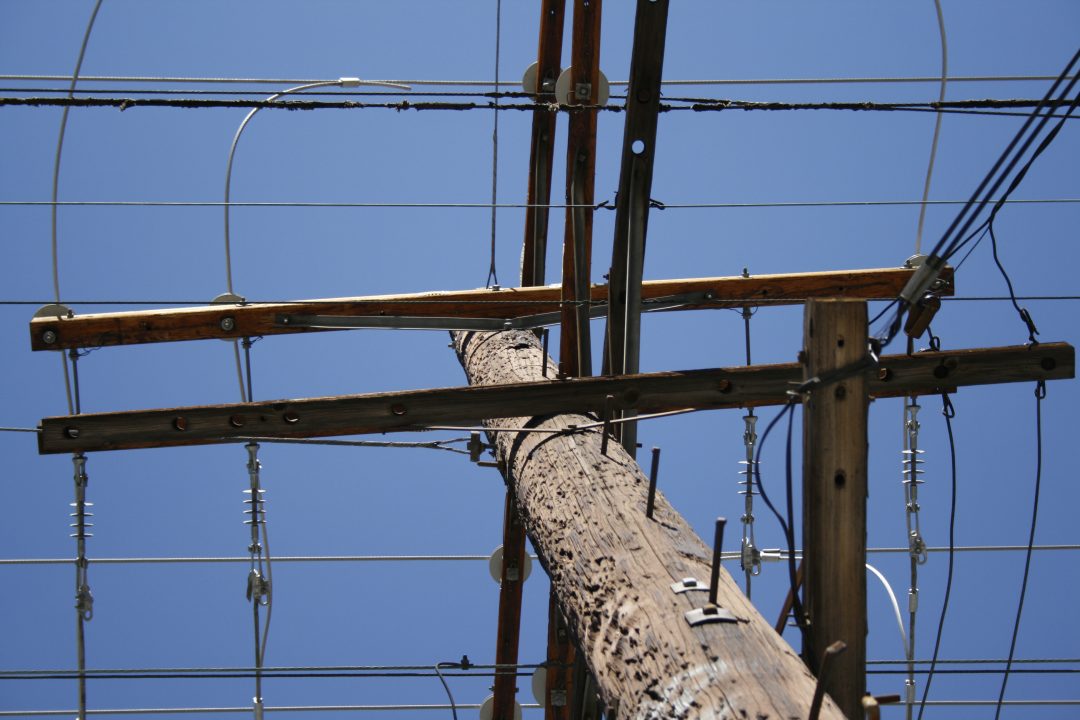
Energy demand management (DM) involves using technology, financial incentives and education to enable and encourage consumers to reduce electricity use, especially at peak times. DM can reduce the need for the investment in capital works to ensure that the network can meet demand in peak periods and so can significantly reduce overall costs of the system.
PIAC’s Energy + Water Consumer Advocacy Program (EWCAP) recently made a submission to the Australian Energy Market Commission (AMEC) Consultation Paper on the Demand Management Incentive Scheme Rule 2015.
‘Demand management needs to be a vital part of ensuring efficient costs for consumers,’ said Dr Gabrielle Kuiper, EWCAP Senior Policy Officer.
‘The AEMC has identified demand management opportunities that could lead to savings of $4 to $12 billion over the next ten years. This could result in annual bill reductions of between $120 and $500.
‘Unfortunately, there is still a bias towards capital expenditure rather than demand management in the way that network businesses operate.
‘Until this bias is corrected, an incentive scheme can provide a mechanism to encourage change in business practices.
‘It’s also vital that any incentive scheme is well designed with sufficient focus on efficient costs and monitoring,’ added Dr Kuiper.
Read PIAC’s submission…
Photo: Flickr/Niclazo